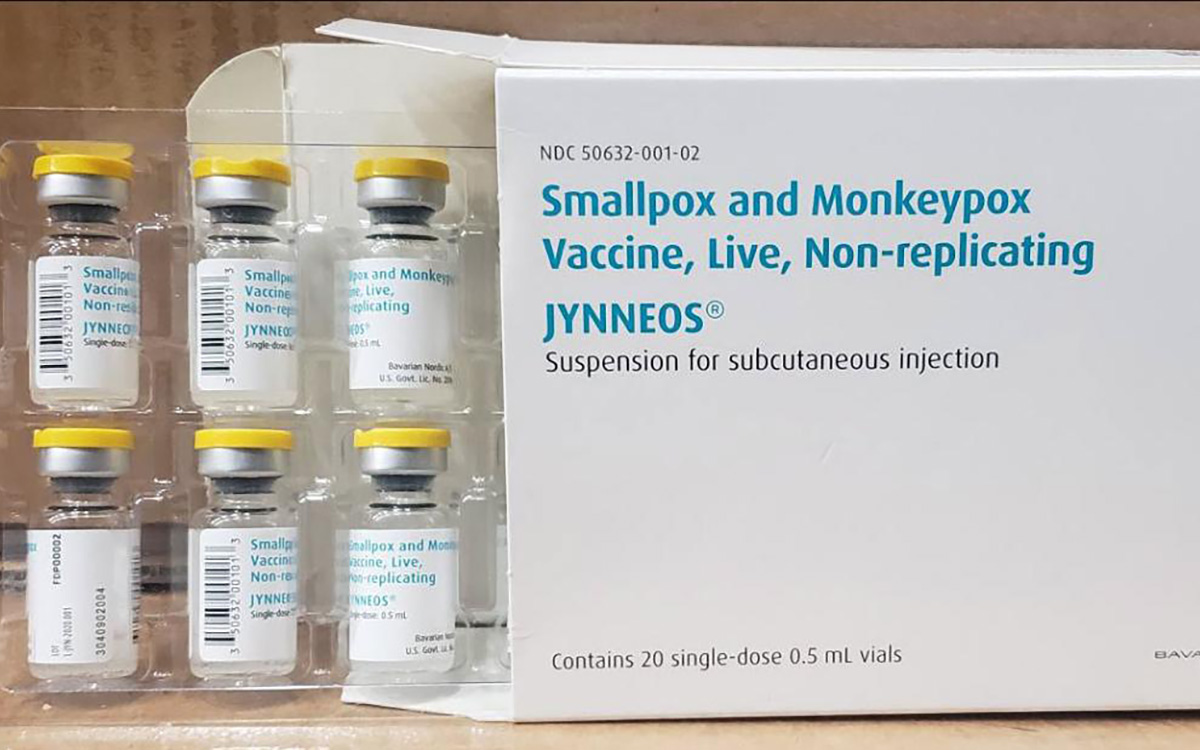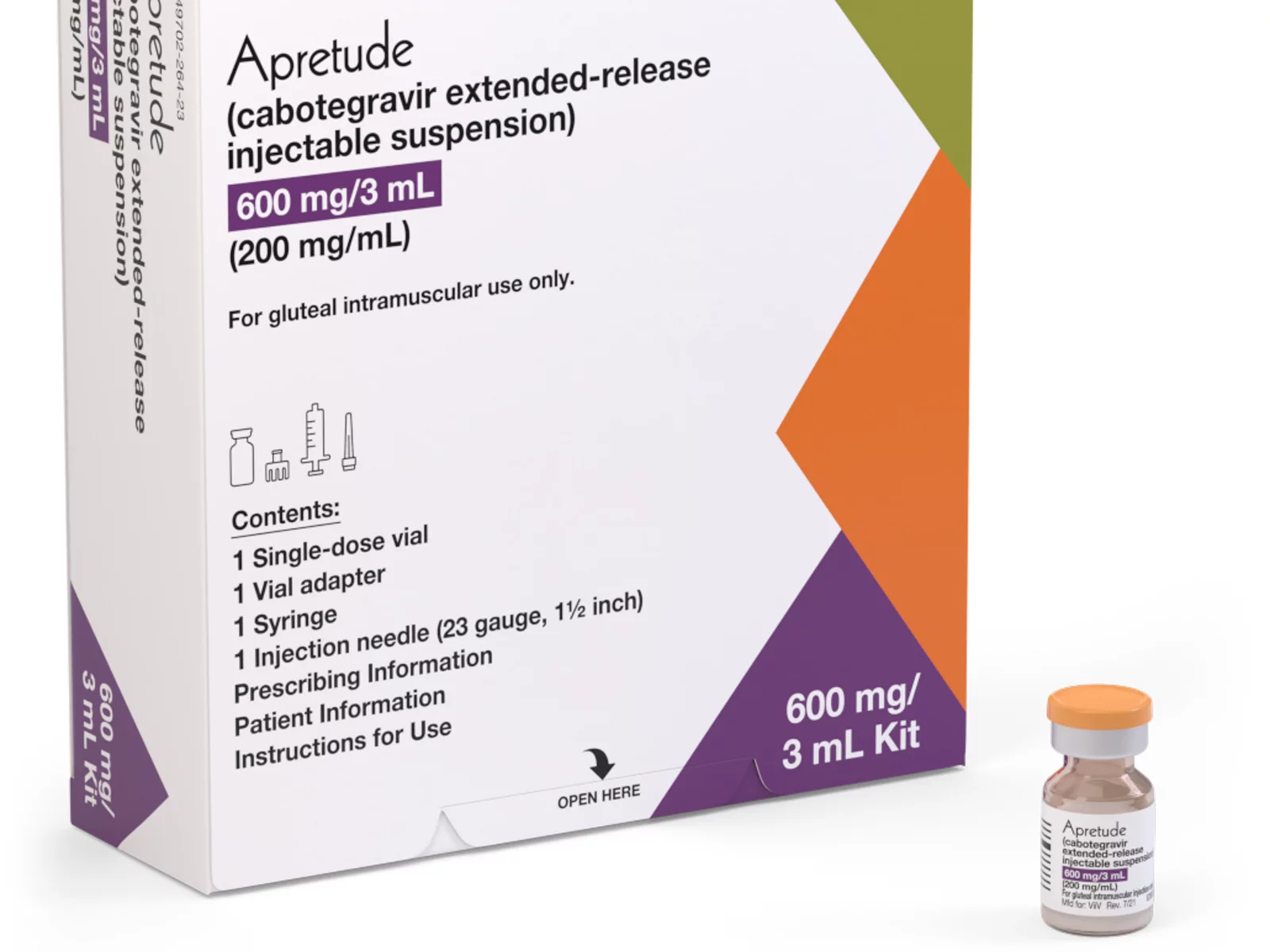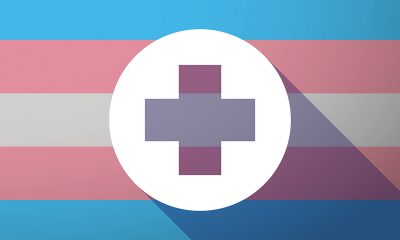Health
Counting carbs?
Avoiding white is a good rule of thumb in the complex world of these energy sources


Carbohydrates are an oft-misunderstood macro-nutrients. Fad diets, like the Atkins diet of the early ‘00s, should be avoided as they attempt to ‘trick’ the body and can be harmful to the liver.
There are three macro-nutrients or main types of food we consume – protein, fat and carbohydrates. I have written about two of the macro-nutrients (protein and fat) and have reserved the most misunderstood and neglected for last — carbohydrates. Anyone interested in healthful eating and living should know the facts and fiction about this crucial and oft-misunderstood nutrient.
Carbohydrates are our first source of energy and provide the fuel necessary to every function and important vitamins, minerals, fiber and a host of important phytonutrients or phytochemicals, essentially “nutrients from a plant.” They are plant-based micronutrients that contain protective disease-preventing compounds.
But not all carbohydrates are created equal or processed in our bodies in the same manner. And it’s important to know which carbohydrates we should eat to our hearts’ content and which we should avoid.
Generally avoiding white products is a good rule of thumb. While white products are easily digestible, they often have very little nutritional value, spike insulin levels potentially leading to diabetes and can pack on the pounds. White products to stay away from are white flour, which is refined and processed, sugar and too much salt. Remember, white flour is processed with limited nutritional value, sugar affects your insulin and energy levels and promotes weight gain and more than 2,300 milligrams of salt can lead to high blood pressure, heart disease, kidney disease and stroke.
What’s more is that white products are often simple carbohydrates, which are often loaded with fat and sugar and will lead to weight gain and zap your energy shortly after consumption. They also tend to have a higher glycemic index, which I will discuss later.
So which carbohydrates are best? As a guideline, fruits, vegetable, 100 percent whole grains, nuts, seeds, legumes and beans. And remember to consume a variety as certain carbohydrates have various effects on the body.
This means avoid those fad diets that eliminate or substantially decrease carbohydrate consumption for weight loss goals — they simply don’t work. Any diet or eating strategy that stresses over-reduction or limitation of a macro-nutrient will rob your body of essential vitamins and nutrients.
As a general rule you want to get 50-60 percent of your calories from carbohydrates. The Dietary Guidelines for Americans, which is co-published every five years since 1980 by the U.S. Department of Health and Human Services, HHS and the U.S. Department of Agriculture, USDA is an excellent source for nutritional information.
Generally speaking you want to get about half your calories from carbohydrates. So for a 2,000-calorie diet, you would consume 250 grams of carbohydrates. This number is calculated by dividing the number of calories by the number of grams in carbohydrates, which is four.
What about the low-carb or no-carb diet? The bottom line is that diets don’t work and they sacrifice vital nutrients and fiber. Weight gain or loss is quite simply attained through your calorie consumption — calories in and calories out. If you consume more than 3,500 calories per day without exhausting 3,500 calories, you will gain weight. And while again the types of carbohydrates you consume are important, you will still gain weight if you consume too much of any macro-nutrient.
Furthermore, when you severely decrease or attempt to eliminate carbohydrates from your nutrition plan, your body can go into what is called ketosis, a harmful and potentially life-threatening state that unnecessarily stresses the liver and causes destruction of muscle tissues. (Ketosis should not be confused with ketoacidosis, a dangerous and extreme condition associated with diabetes.)
Another consideration in carbohydrate consumption is the glycemic index, a measure of the effects of carbohydrates on blood sugar levels and how it relates to diabetes. Generally speaking, lower GI foods are better for maintaining a healthy weight and high GI foods can lead to weight gain.
The glycemic index, while often a strong consideration, can fall short for solid nutritional guidance because the glycemic index only charts foods consumed by themselves and does not take into consideration the whole meal. The glycemic index becomes inaccurate when foods are consumed with other foods. Again, here is where calories in versus calories out should be the primary consideration. Also not all foods with a low glycemic index are better than those with a high glycemic index. The glycemic index scale is based on 100 as it relates to insulin processing and for instance, table sugar rates about 65 on the index, whereas carrots are 95.
Not all carbs are not created equal. Any macro-nutrient in excess will lead to weight gain.
Monkeypox
US contributes more than $90 million to fight mpox outbreak in Africa
WHO and Africa CDC has declared a public health emergency

The U.S. has contributed more than $90 million to the fight against the mpox outbreak in Africa.
The U.S. Agency for International Development on Tuesday in a press release announced “up to an additional” $35 million “in emergency health assistance to bolster response efforts for the clade I mpox outbreak in Central and Eastern Africa, pending congressional notification.” The press release notes the Biden-Harris administration previously pledged more than $55 million to fight the outbreak in Congo and other African countries.
“The additional assistance announced today will enable USAID to continue working closely with affected countries, as well as regional and global health partners, to expand support and reduce the impact of this outbreak as it continues to evolve,” it reads. “USAID support includes assistance with surveillance, diagnostics, risk communication and community engagement, infection prevention and control, case management, and vaccination planning and coordination.”
The World Health Organization and the Africa Centers for Disease Control and Prevention last week declared the outbreak a public health emergency.
The Washington Blade last week reported there are more than 17,000 suspected mpox cases across in Congo, Uganda, Kenya, Rwanda, and other African countries. The outbreak has claimed more than 500 lives, mostly in Congo.
Health
Mpox outbreak in Africa declared global health emergency
ONE: 10 million vaccine doses needed on the continent

Medical facilities that provide treatment to gay and bisexual men in some East African countries are already collaborating with them to prevent the spread of a new wave of mpox cases after the World Health Organization on Wednesday declared a global health emergency.
The collaboration, both in Uganda and Kenya, comes amid WHO’s latest report released on Aug. 12, which reveals that nine out of every 10 reported mpox cases are men with sex as the most common cause of infection.
The global mpox outbreak report — based on data that national authorities collected between January 2022 and June of this year — notes 87,189 of the 90,410 reported cases were men. Ninety-six percent of whom were infected through sex.
Sexual contact as the leading mode of transmission accounted for 19,102 of 22,802 cases, followed by non-sexual person-to-person contact. Genital rash was the most common symptom, followed by fever and systemic rash.
The WHO report states the pattern of mpox virus transmission has persisted over the last six months, with 97 percent of new cases reporting sexual contact through oral, vaginal, or anal sex with infected people.
“Sexual transmission has been recorded in the Democratic Republic of Congo among sex workers and men who have sex with men,” the report reads. “Among cases exposed through sexual contact in the Democratic Republic of the Congo, some individuals present only with genital lesions, rather than the more typical extensive rash associated with the virus.”
The growing mpox cases, which are now more than 2,800 reported cases in at least 13 African countries that include Kenya, Uganda, Rwanda, and prompted the Africa Centers for Disease Control and Prevention this week to declare the disease a public health emergency for resource mobilization on the continent to tackle it.
“Africa has long been on the frontlines in the fight against infectious diseases, often with limited resources,” said Africa CDC Director General Jean Kaseya. “The battle against Mpox demands a global response. We need your support, expertise, and solidarity. The world cannot afford to turn a blind eye to this crisis.”
The disease has so far claimed more than 500 lives, mostly in Congo, even as the Africa CDC notes suspected mpox cases across the continent have surged past 17,000, compared to 7,146 cases in 2022 and 14,957 cases last year.
“This is just the tip of the iceberg when we consider the many weaknesses in surveillance, laboratory testing, and contact tracing,” Kaseya said.
WHO, led by Director General Tedros Adhanom Ghebreyesus, also followed the Africa CDC’s move by declaring the mpox outbreak a public health emergency of international concern.
The latest WHO report reveals that men, including those who identify as gay and bisexual, constitute most mpox cases in Kenya and Uganda. The two countries have recorded their first cases, and has put queer rights organizations and health care centers that treat the LGBTQ community on high alert.
The Uganda Minority Shelters Consortium, for example, confirmed to the Washington Blade that the collaboration with health service providers to prevent the spread of mpox among gay and bisexual men is “nascent and uneven.”
“While some community-led health service providers such as Ark Wellness Clinic, Children of the Sun Clinic, Ice Breakers Uganda Clinic, and Happy Family Youth Clinic, have demonstrated commendable efforts, widespread collaboration on mpox prevention remains a significant gap,” UMSC Coordinator John Grace stated. “This is particularly evident when compared to the response to the previous Red Eyes outbreak within the LGBT community.”
Grace noted that as of Wednesday, there were no known queer-friendly health service providers to offer mpox vaccinations to men who have sex with men. He called for health care centers to provide inclusive services and a more coordinated approach.
Although Grace pointed out the fear of discrimination — and particularly Uganda’s Anti-Homosexuality Act — remains a big barrier to mpox prevention through testing, vaccination, and treatment among queer people, he confirmed no mpox cases have been reported among the LGBTQ community.
Uganda so far has reported two mpox cases — refugees who had travelled from Congo.
“We are for the most part encouraging safer sex practices even after potential future vaccinations are conducted as it can also be spread through bodily fluids like saliva and sweat,” Grace said.
Grace also noted that raising awareness about mpox among the queer community and seeking treatment when infected remains a challenge due to the historical and ongoing homophobic stigma and that more comprehensive and reliable advocacy is needed. He said Grindr and other digital platforms have been crucial in raising awareness.
The declarations of mpox as a global health emergency have already attracted demand for global leaders to support African countries to swiftly obtain the necessary vaccines and diagnostics.
“History shows we must act quickly and decisively when a public health emergency strikes. The current Mpox outbreak in Africa is one such emergency,” said ONE Global Health Senior Policy Director Jenny Ottenhoff.
ONE is a global, nonpartisan organization that advocates for the investments needed to create economic opportunities and healthier lives in Africa.
Ottenhoff warned failure to support the African countries with medical supplies needed to tackle mpox would leave the continent defenseless against the virus.
To ensure that African countries are adequately supported, ONE wants governments and pharmaceutical companies to urgently increase the provision of mpox vaccines so that the most affected African countries have affordable access to them. It also notes 10 million vaccine doses are currently needed to control the mpox outbreak in Africa, yet the continent has only 200,000 doses.
The Blade has reached out to Ishtar MSM, a community-based healthcare center in Nairobi, Kenya, that offers to service to gay and bisexual men, about their response to the mpox outbreak.
Health
White House urged to expand PrEP coverage for injectable form
HIV/AIDS service organizations made call on Wednesday

A coalition of 63 organizations dedicated to ending HIV called on the Biden-Harris administration on Wednesday to require insurers to cover long-acting pre-exposure prophylaxis (PrEP) without cost-sharing.
In a letter to Chiquita Brooks-LaSure, administrator of the Centers for Medicare and Medicaid Services, the groups emphasized the need for broad and equitable access to PrEP free of insurance barriers.
Long-acting PrEP is an injectable form of PrEP that’s effective over a long period of time. The FDA approved Apretude (cabotegravir extended-release injectable suspension) as the first and only long-acting injectable PrEP in late 2021. It’s intended for adults and adolescents weighing at least 77 lbs. who are at risk for HIV through sex.
The U.S. Preventive Services Task Force updated its recommendation for PrEP on Aug. 22, 2023, to include new medications such as the first long-acting PrEP drug. The coalition wants CMS to issue guidance requiring insurers to cover all forms of PrEP, including current and future FDA-approved drugs.
“Long-acting PrEP can be the answer to low PrEP uptake, particularly in communities not using PrEP today,” said Carl Schmid, executive director of the HIV+Hepatitis Policy Institute. “The Biden administration has an opportunity to ensure that people with private insurance can access PrEP now and into the future, free of any cost-sharing, with properly worded guidance to insurers.”
Currently, only 36 percent of those who could benefit from PrEP are using it. Significant disparities exist among racial and ethnic groups. Black people constitute 39 percent of new HIV diagnoses but only 14 percent of PrEP users, while Latinos represent 31 percent of new diagnoses but only 18 percent of PrEP users. In contrast, white people represent 24 percent of HIV diagnoses but 64 percent of PrEP users.
The groups also want CMS to prohibit insurers from employing prior authorization for PrEP, citing it as a significant barrier to access. Several states, including New York and California, already prohibit prior authorization for PrEP.
Modeling conducted for HIV+Hep, based on clinical trials of a once every 2-month injection, suggests that 87 percent more HIV cases would be averted compared to daily oral PrEP, with $4.25 billion in averted healthcare costs over 10 years.
Despite guidance issued to insurers in July 2021, PrEP users continue to report being charged cost-sharing for both the drug and ancillary services. A recent review of claims data found that 36 percent of PrEP users were charged for their drugs, and even 31 percent of those using generic PrEP faced cost-sharing.
The coalition’s letter follows a more detailed communication sent by HIV+Hepatitis Policy Institute to the Biden administration on July 2.
Signatories to the community letter include Advocates for Youth, AIDS United, Equality California, Fenway Health, Human Rights Campaign, and the National Coalition of STD Directors, among others.
-

 El Salvador4 days ago
El Salvador4 days agoGay Venezuelan makeup artist remains in El Salvador mega prison
-

 State Department3 days ago
State Department3 days agoHIV/AIDS activists protest at State Department, demand full PEPFAR funding restoration
-

 Opinions5 days ago
Opinions5 days agoScience must not be a weapon against trans people
-

 Maryland5 days ago
Maryland5 days agoMd. schools plan to comply with federal DEI demands






